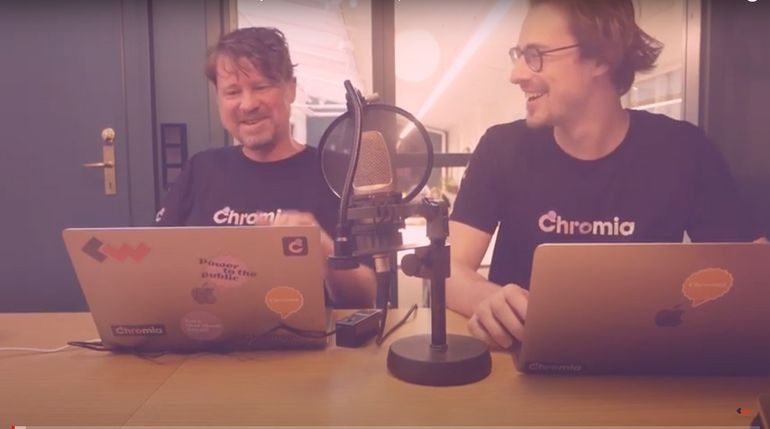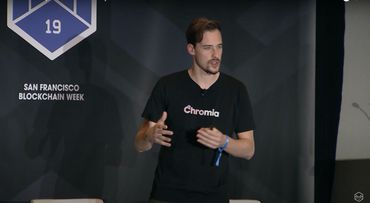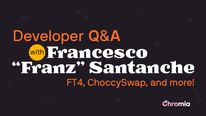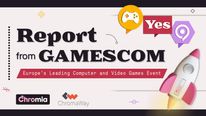entity user { key pubkey; }
entity balance {
key user;
mutable amount: integer;
}
entity payment {
index from_user: user;
index to_user: user;
amount: integer;
timestamp;
}
operation transfer(from_pubkey: pubkey,
to_pubkey: pubkey,
xfer_amount: integer) {
require( op_context.is_signer(from_pubkey) );
require( xfer_amount > 0 );
val from_user = user@{from_pubkey};
val to_user = user@{to_pubkey};
require( balance@{from_user}.amount >= xfer_amount);
update balance@{from_user} (amount -= xfer_amount);
update balance@{to_user} (amount += xfer_amount);
create payment (
from_user,
to_user,
amount=xfer_amount,
timestamp=op_context.last_block_time
);
}
const pcl = require('postchain-client');
const node_api_url = "http://YOUR_NODE:YOUR_PORT";
const blockchainRID = "YOUR_BLOCKCHAIN_ID";
const rest = pcl.restClient.createRestClient(
node_api_url, blockchainRID, 1);
const gtx = pcl.gtxClient.createClient(rest,
Buffer.from(blockchainRID, 'hex'), [] );
const myself = pcl.util.makeKeyPair();
async function sendTokensToFriend(friend, amount) {
const tx = gtx.newTransaction([myself.pubKey]);
tx.addOperation('transfer', myself.pubKey,
friend.pubKey, amount);
tx.sign(myself.privKey, myself.pubKey);
await tx.postAndWaitConfirmation();
}




















